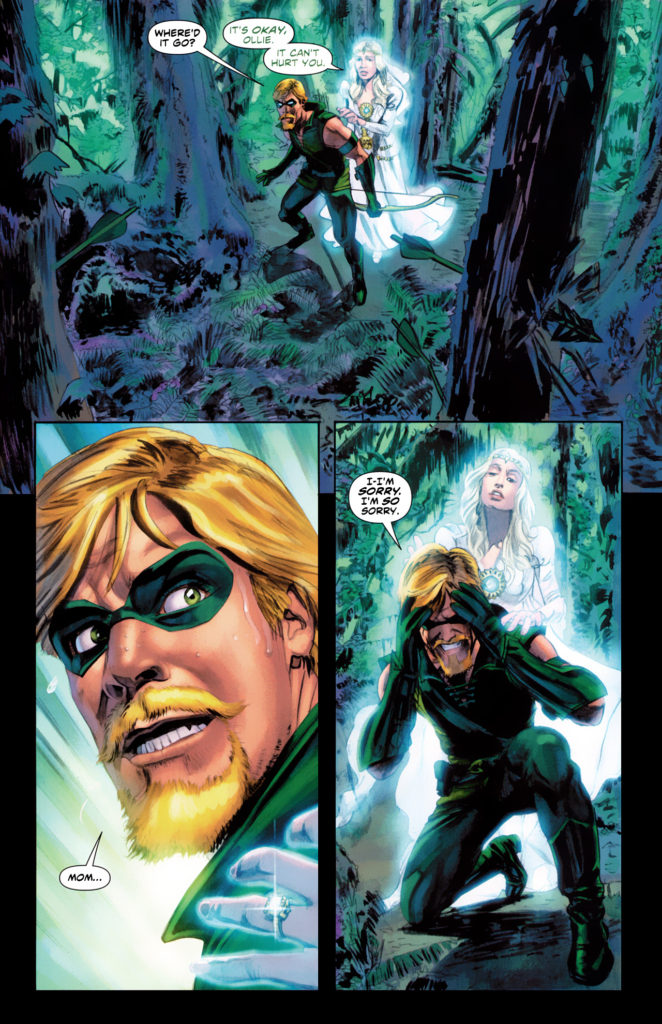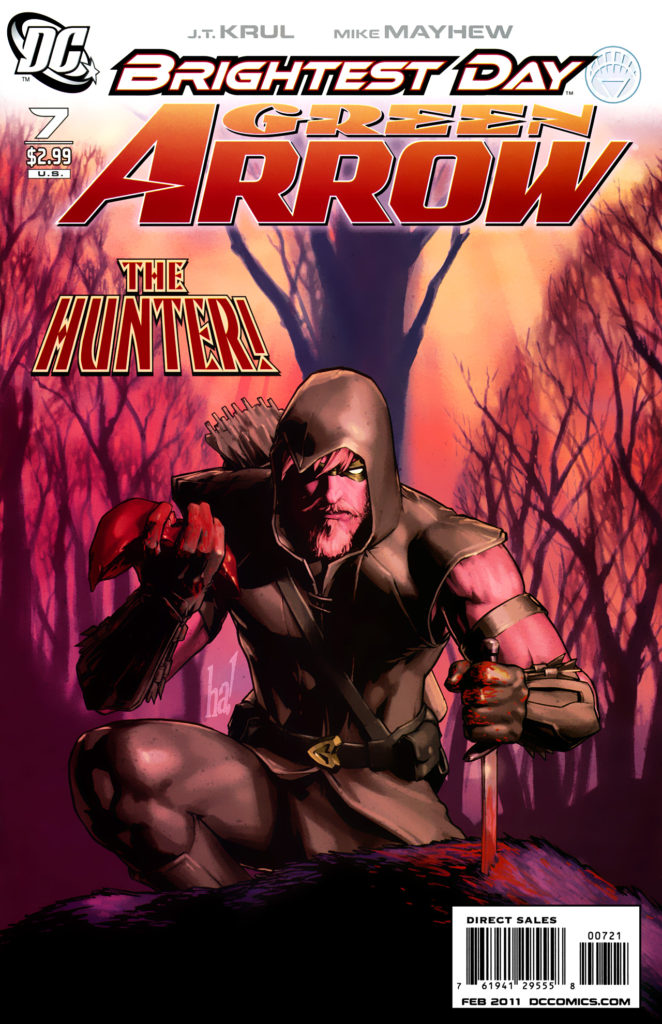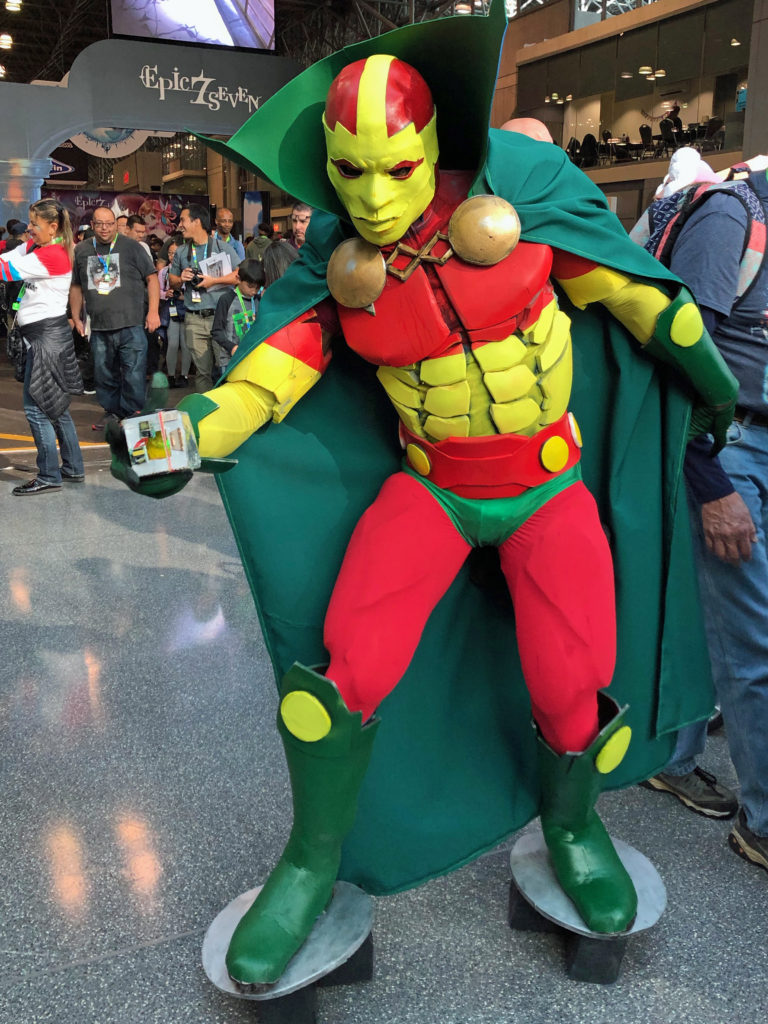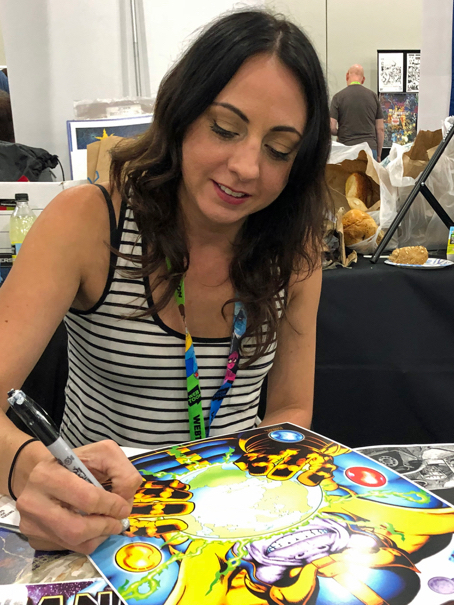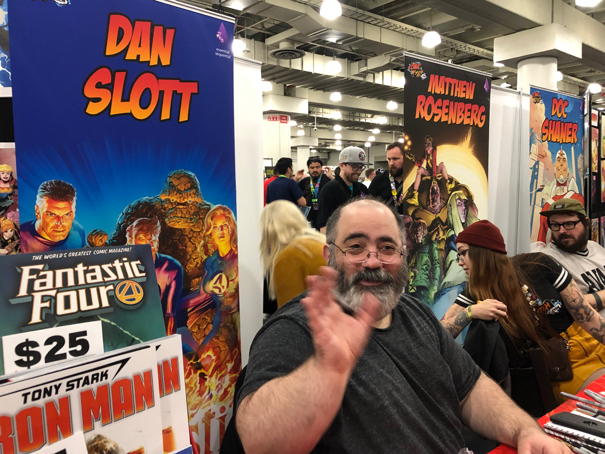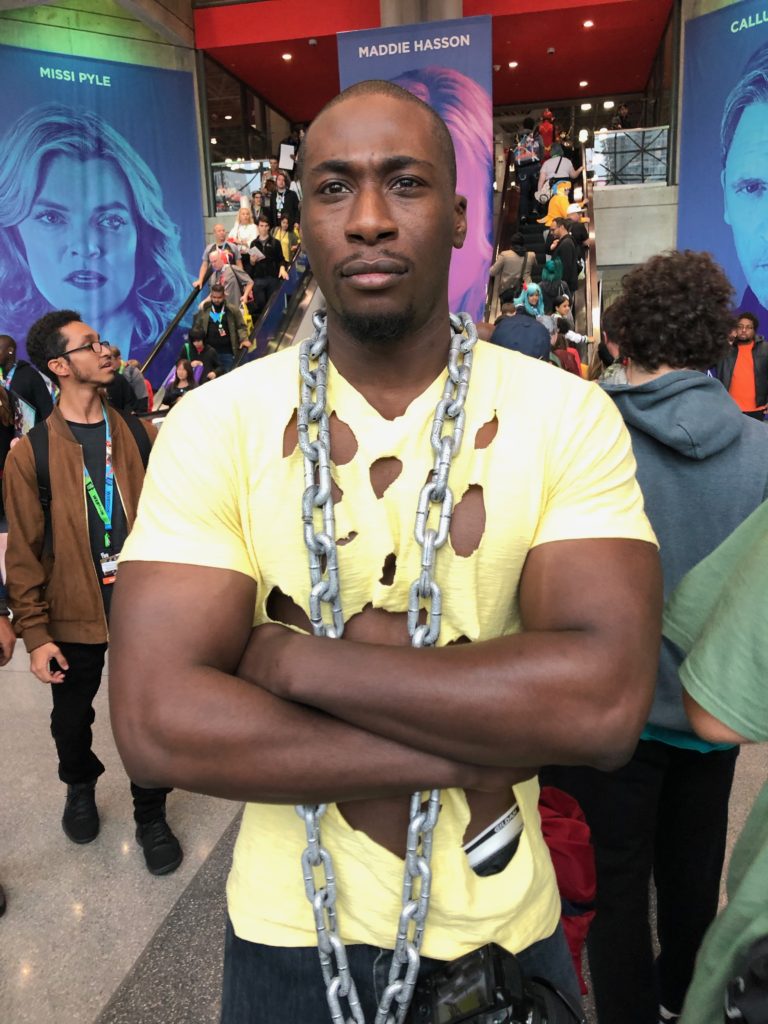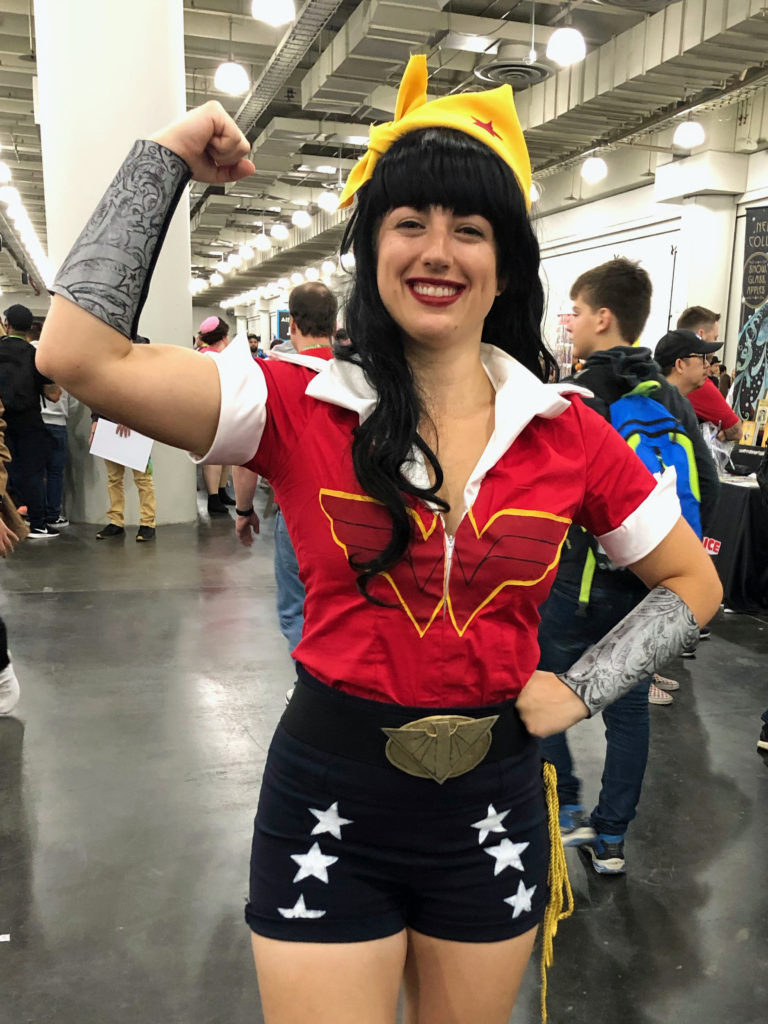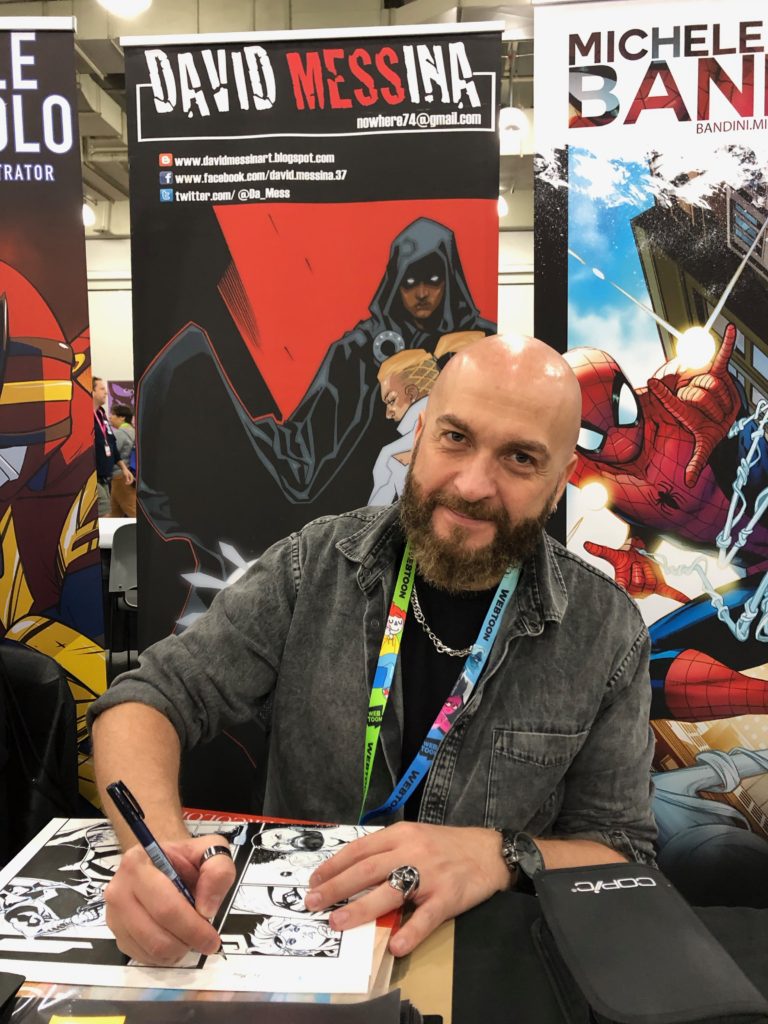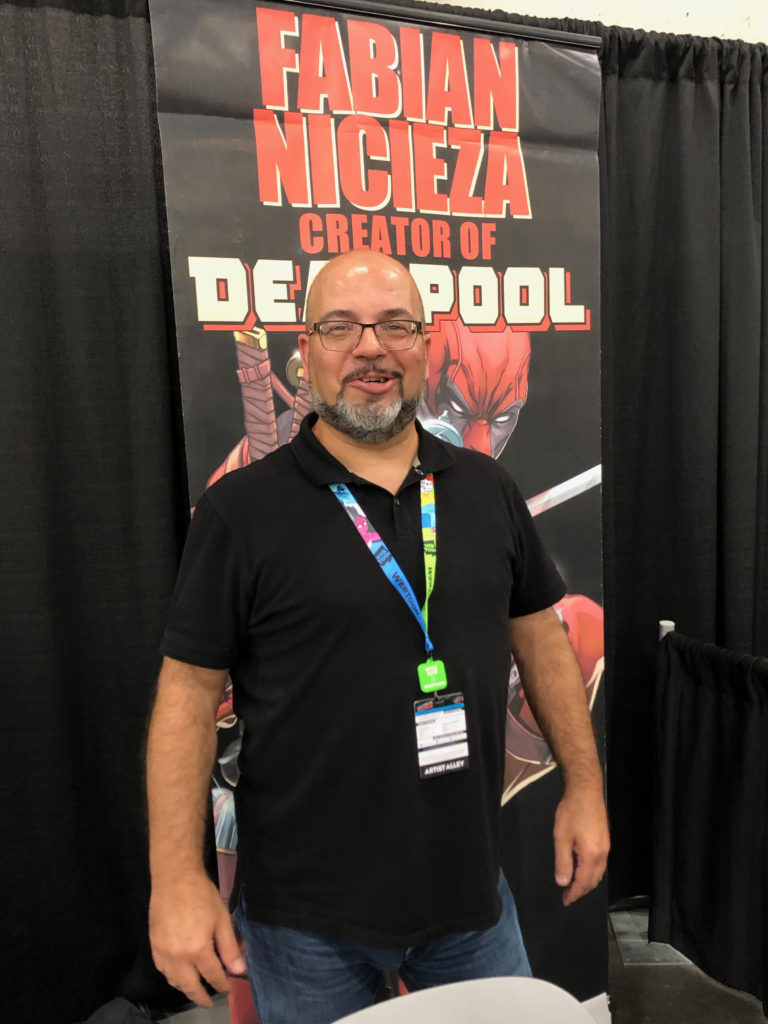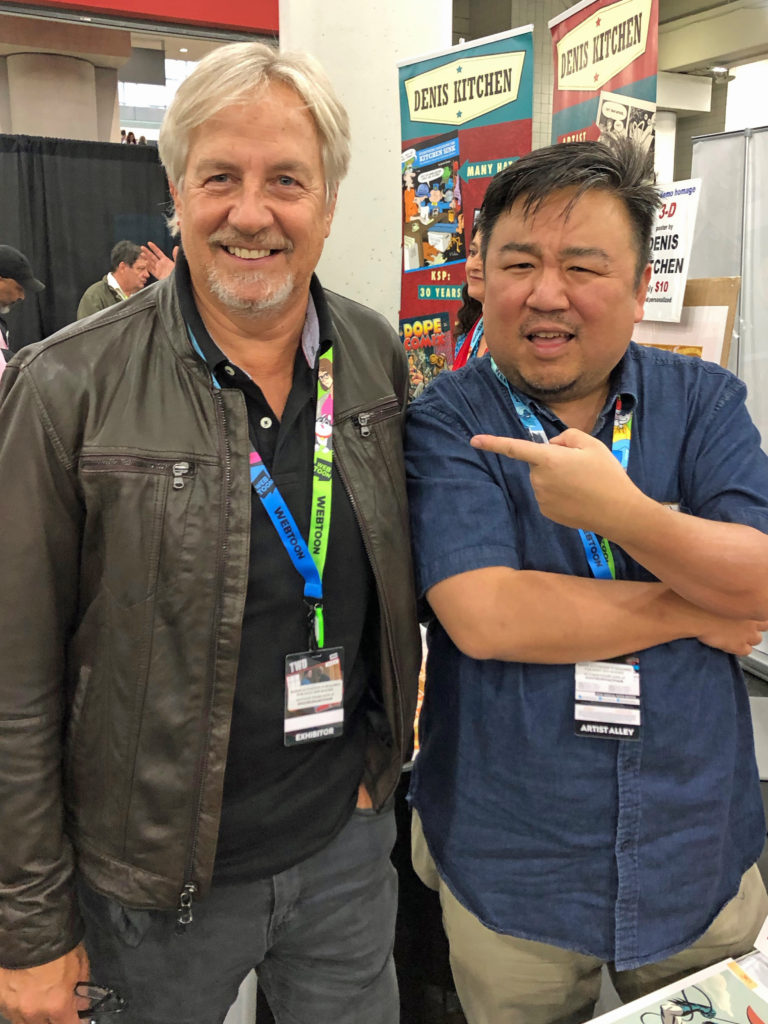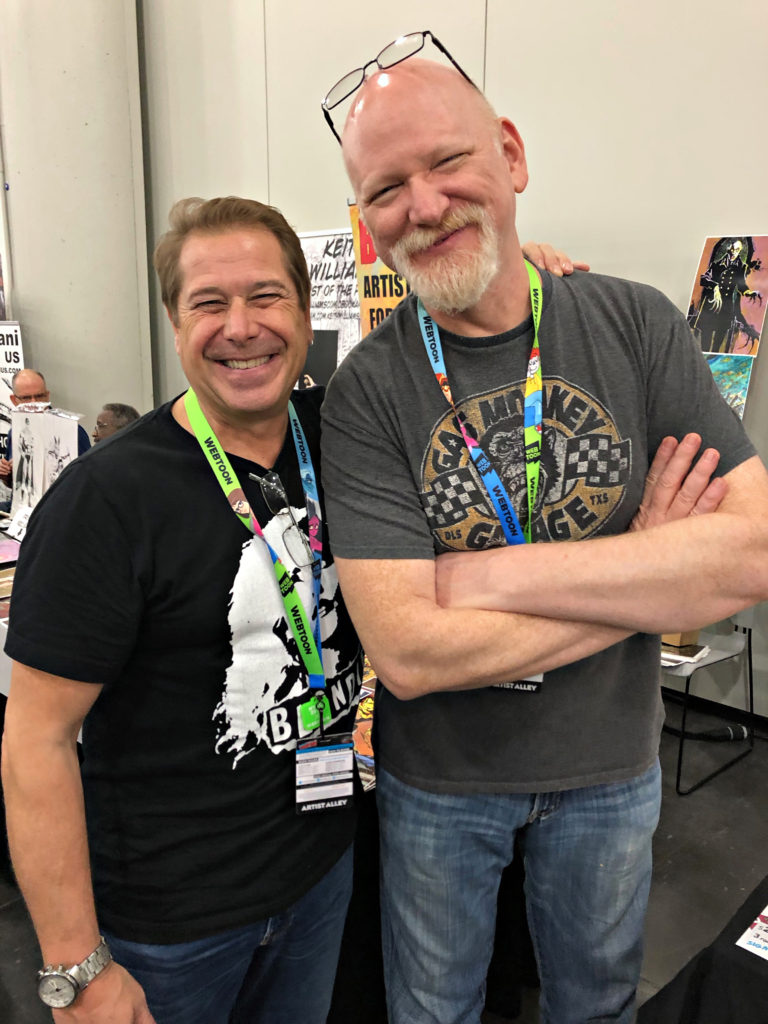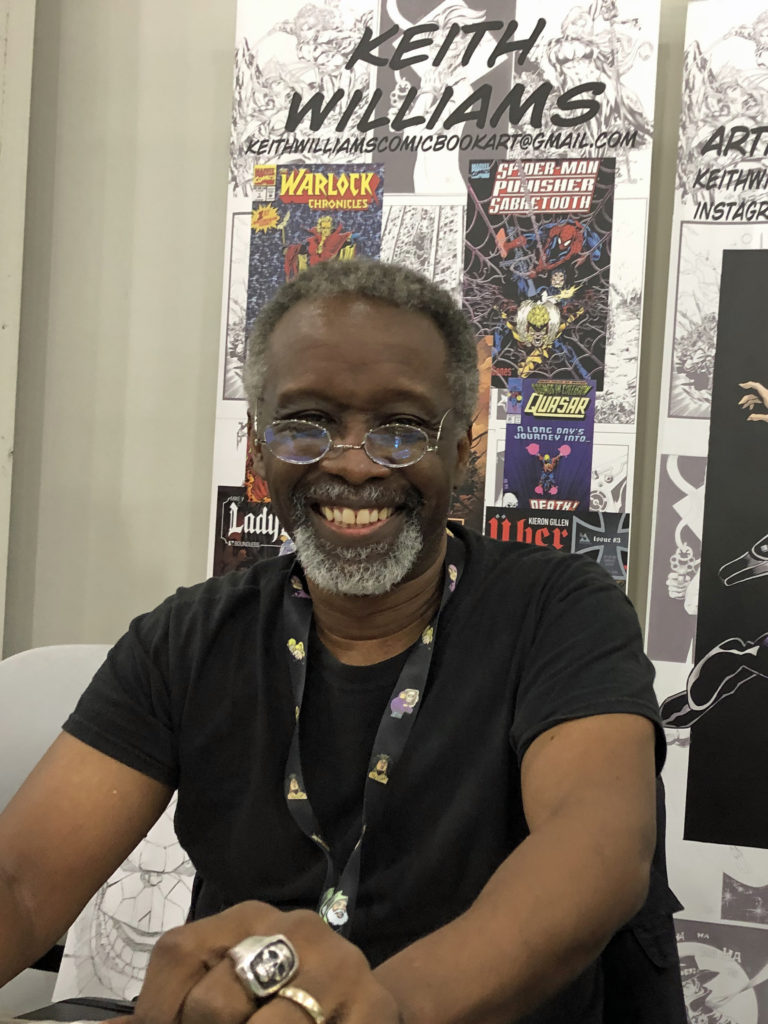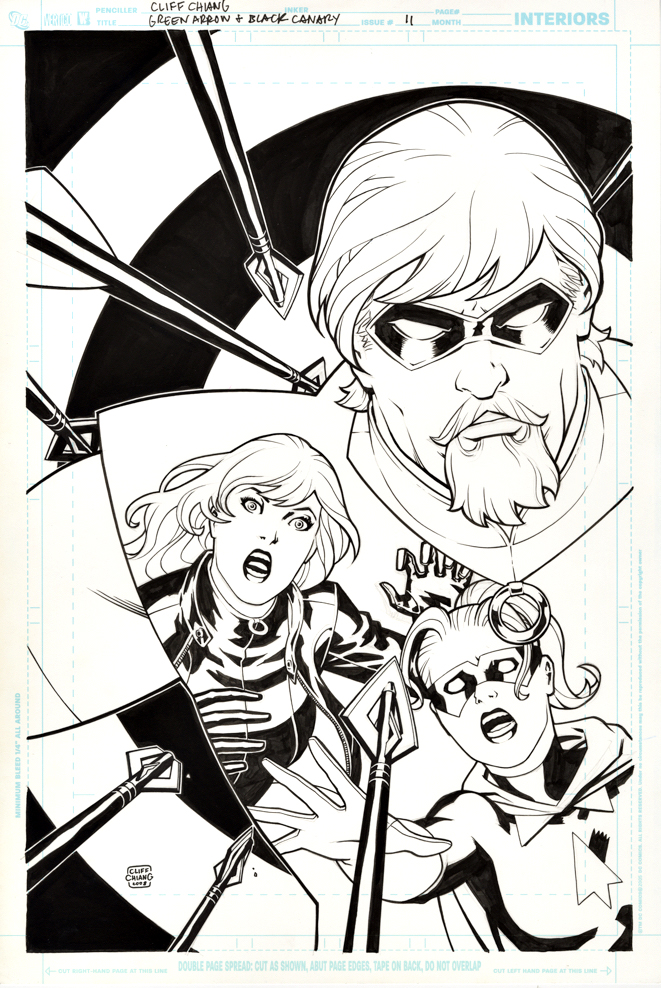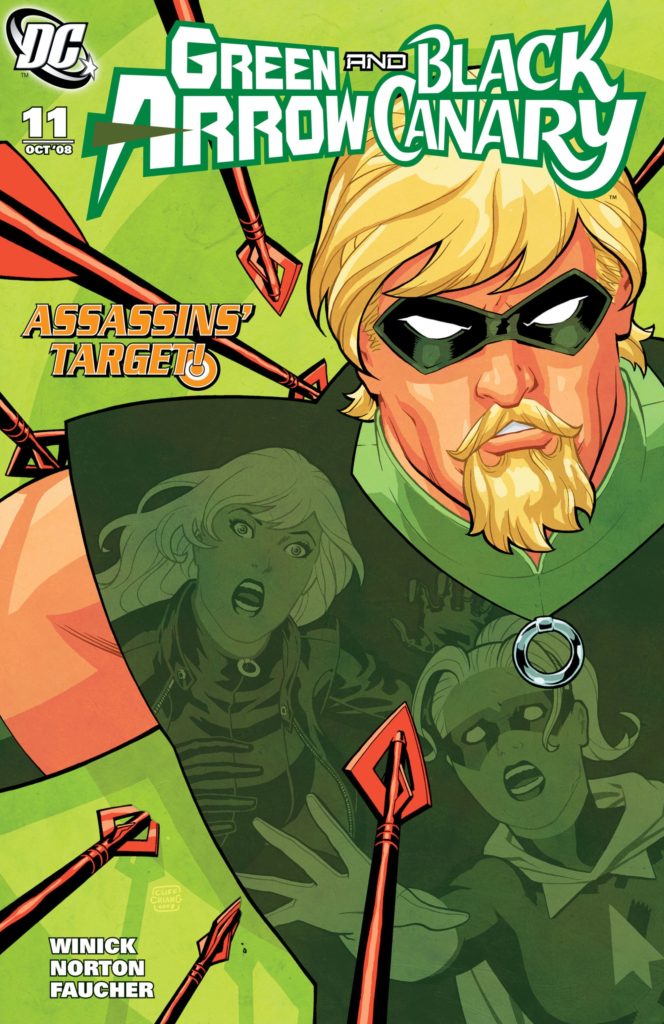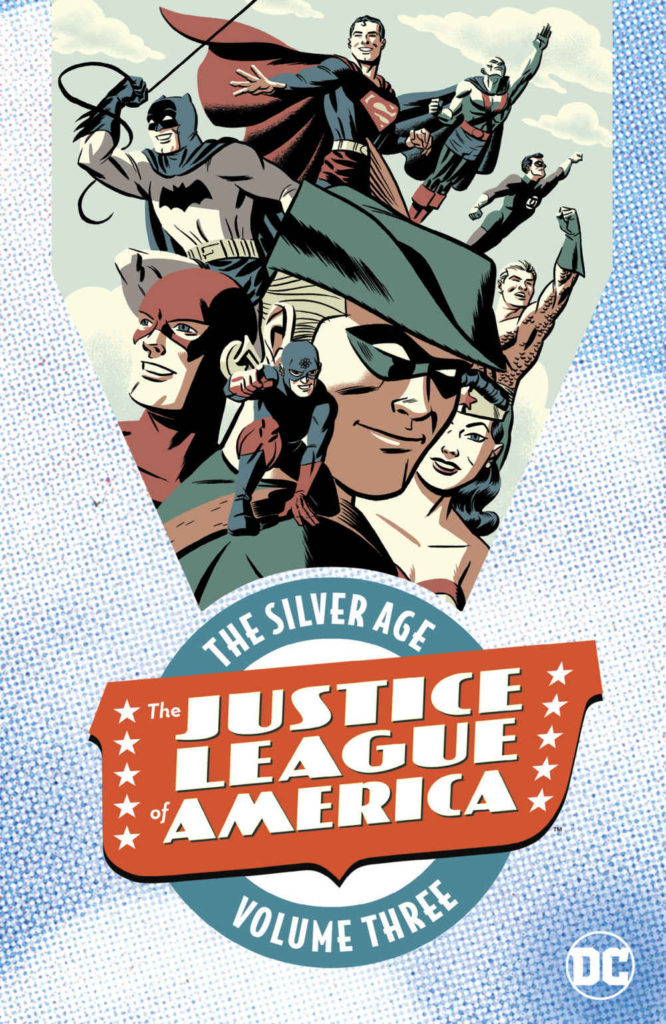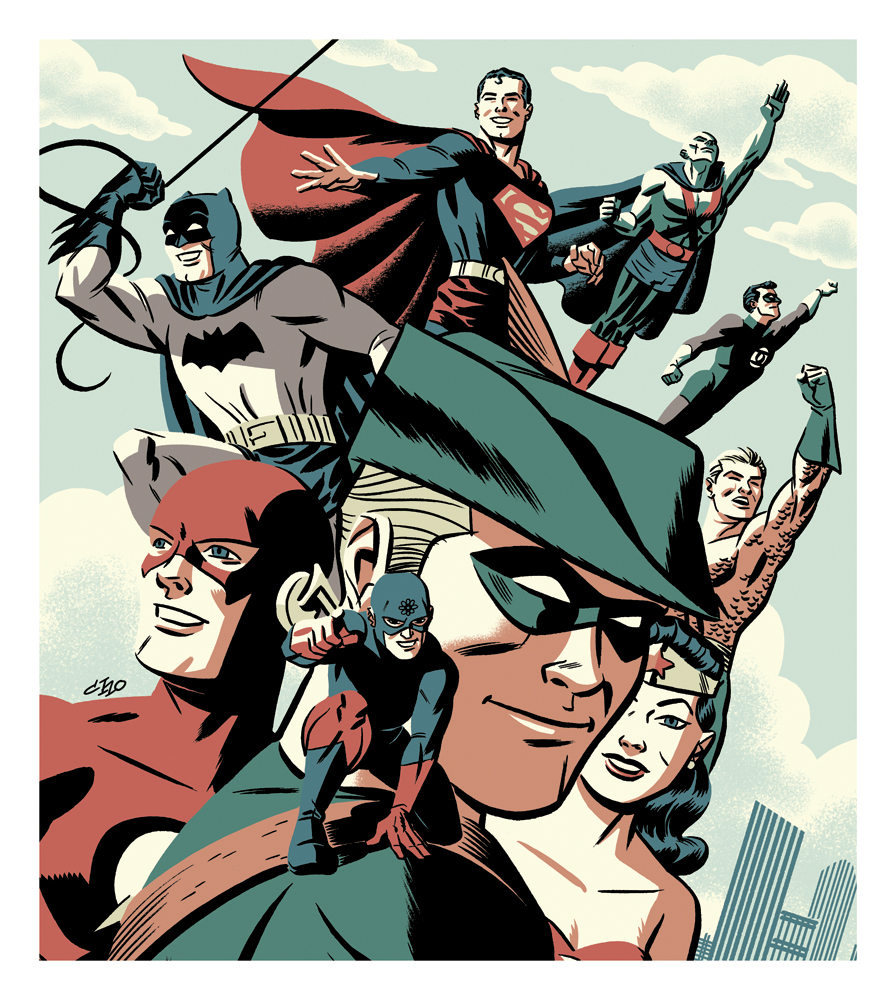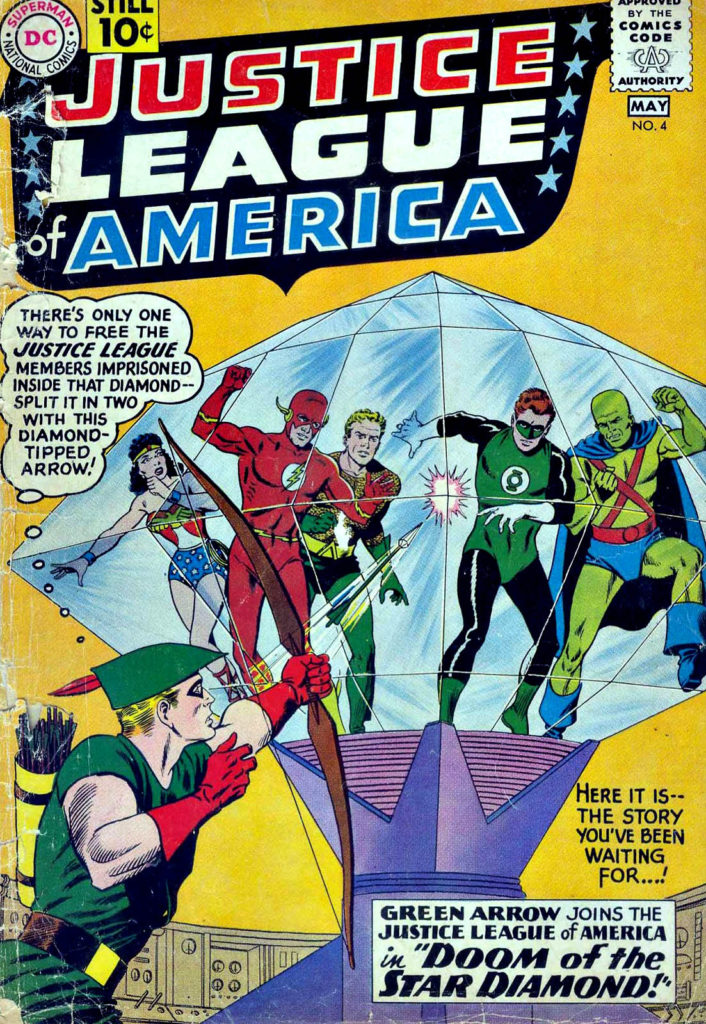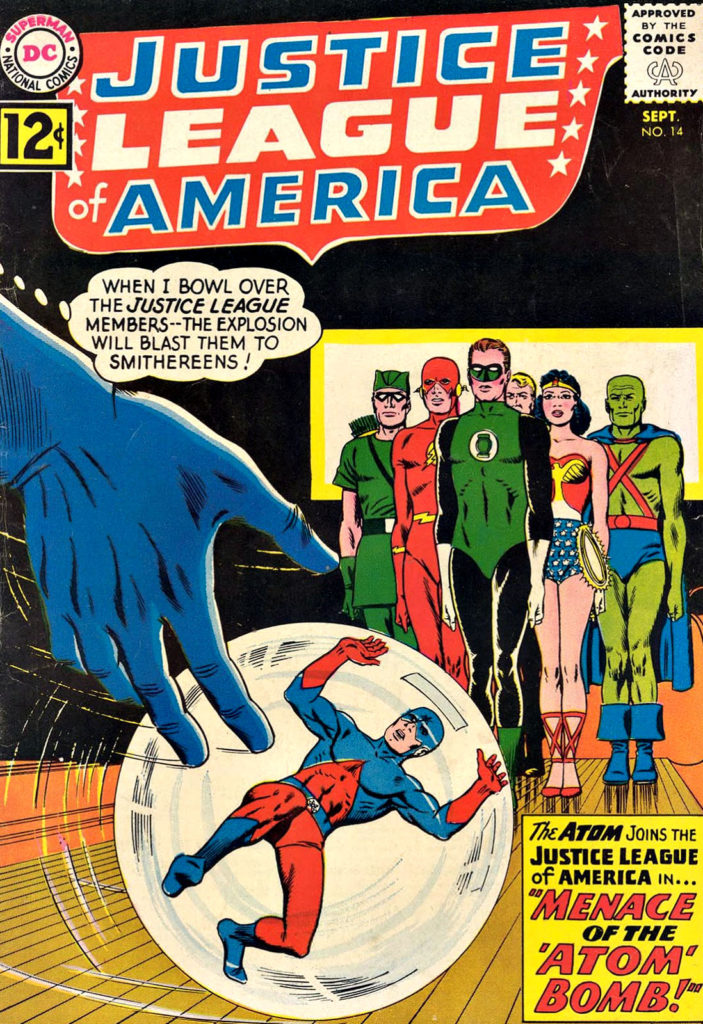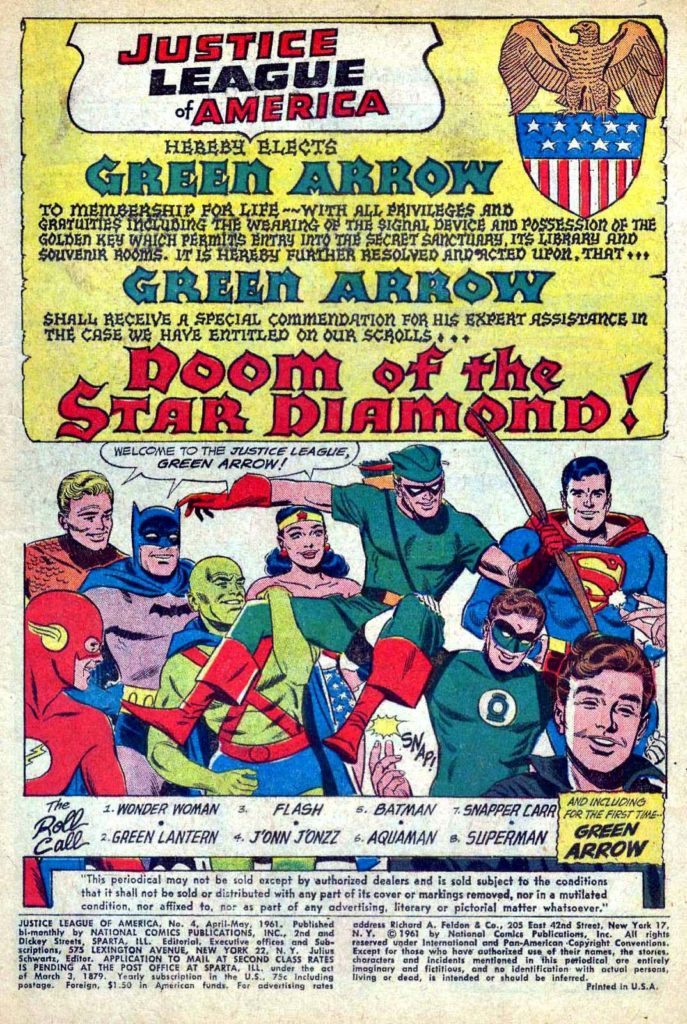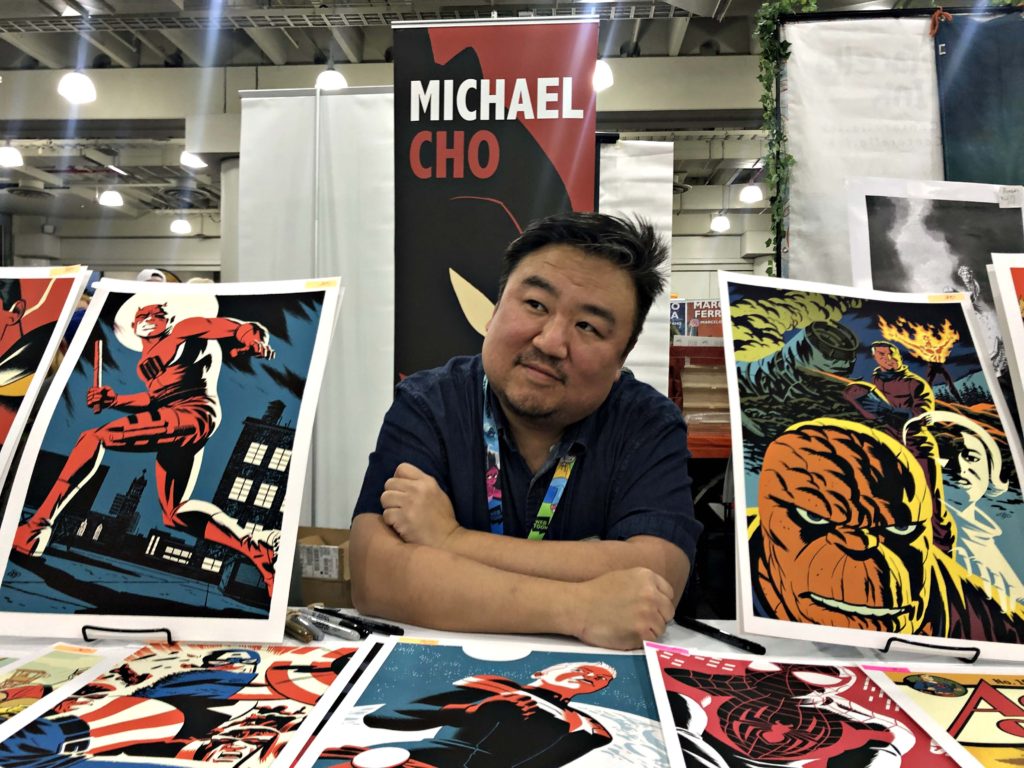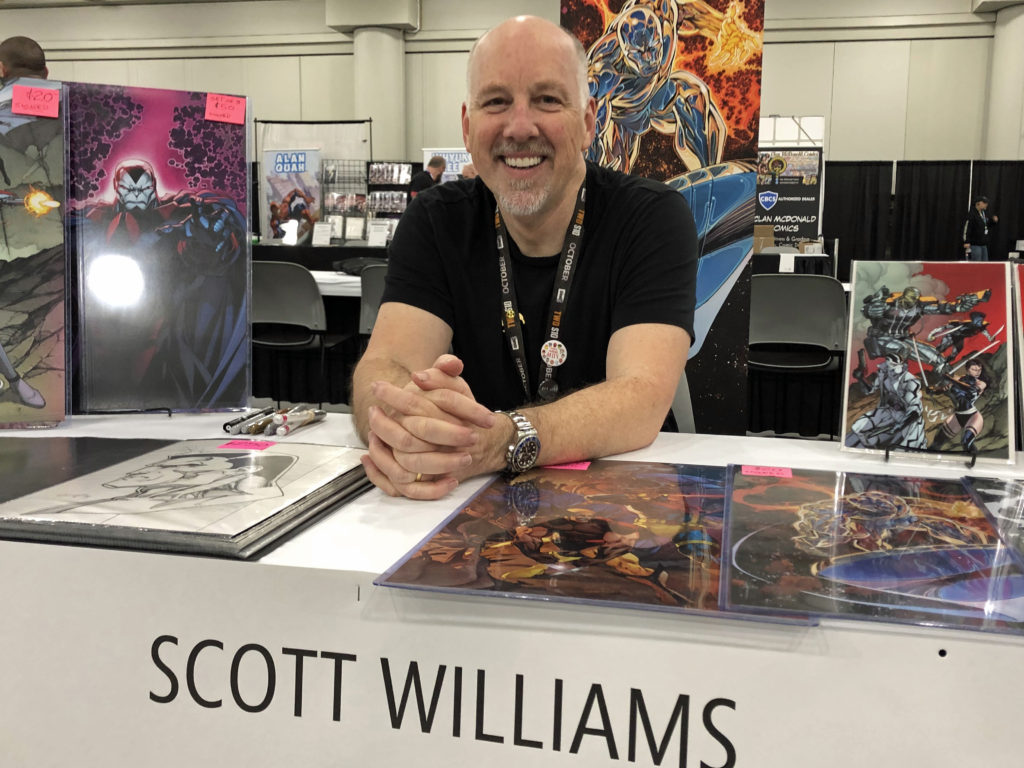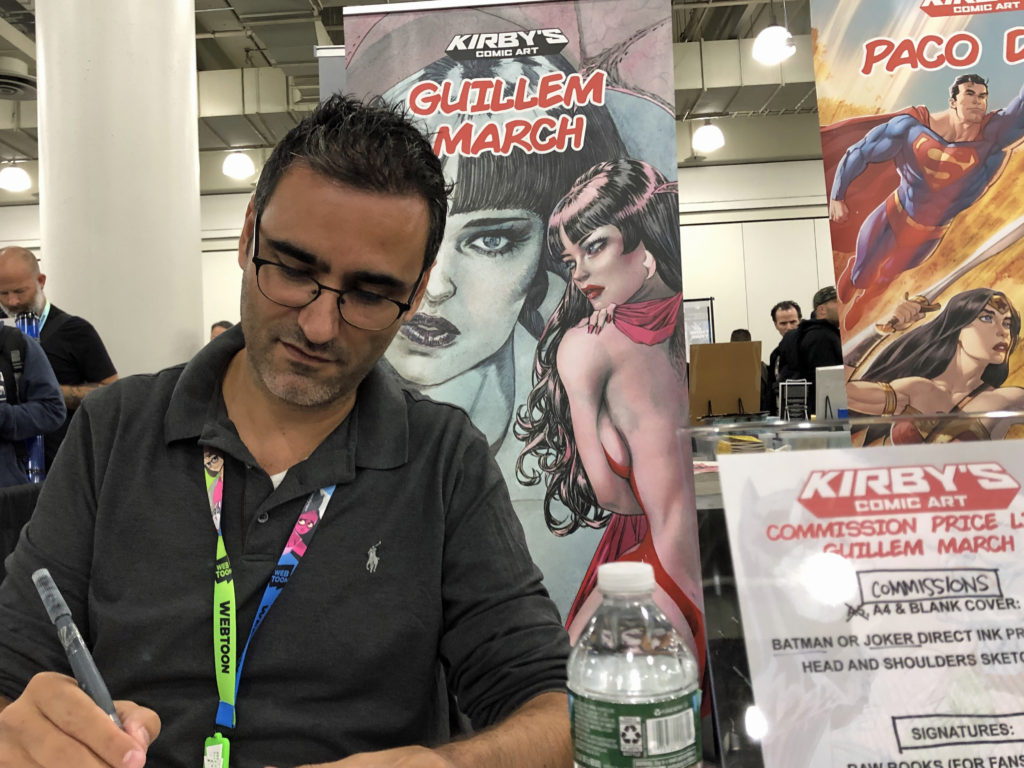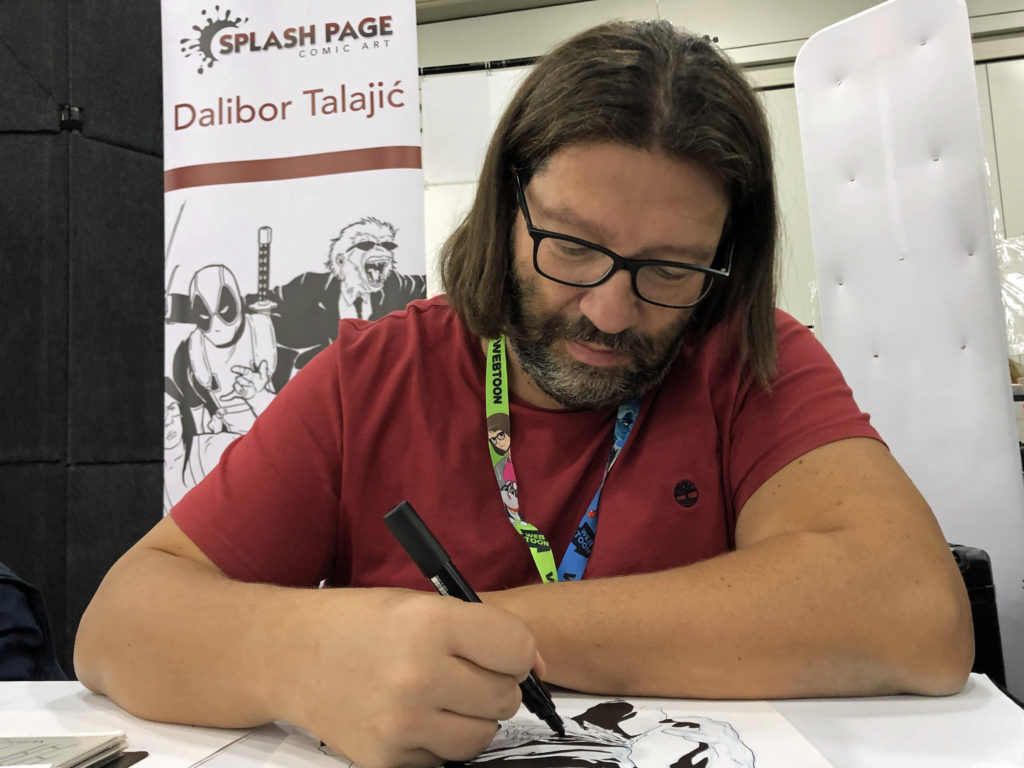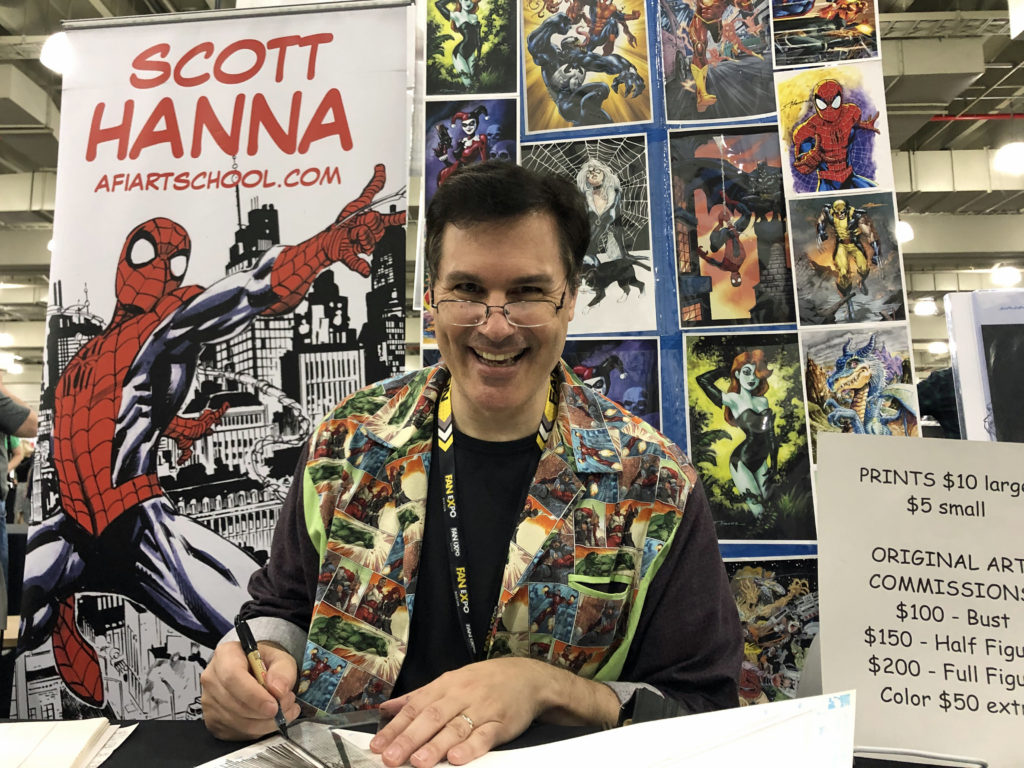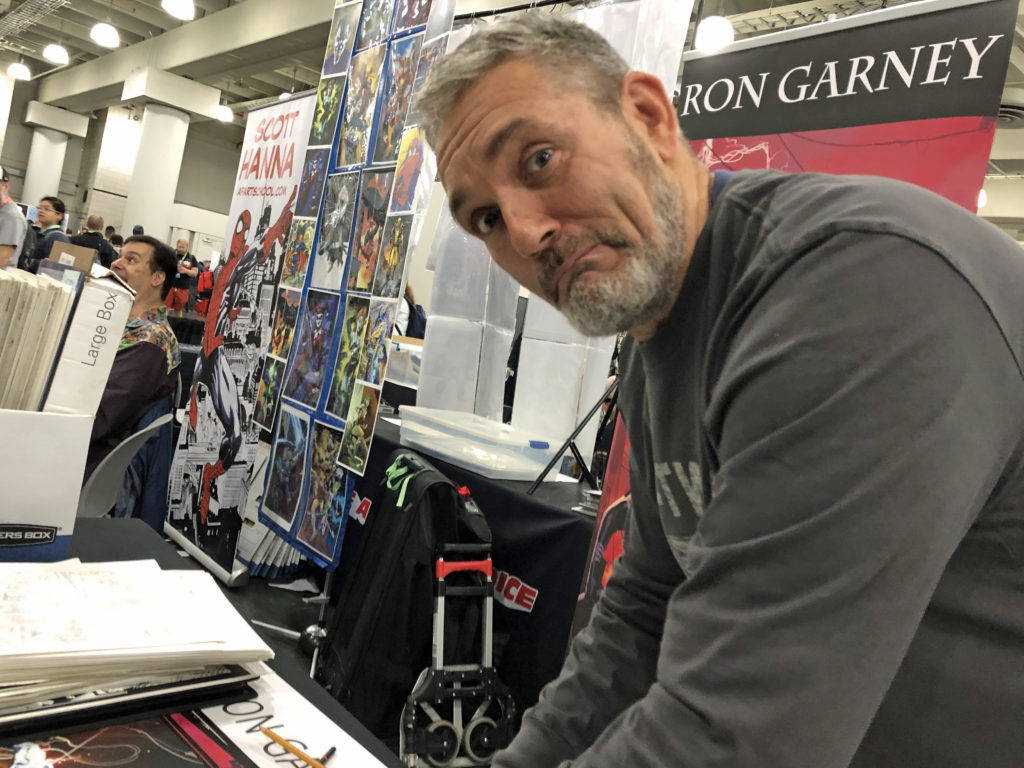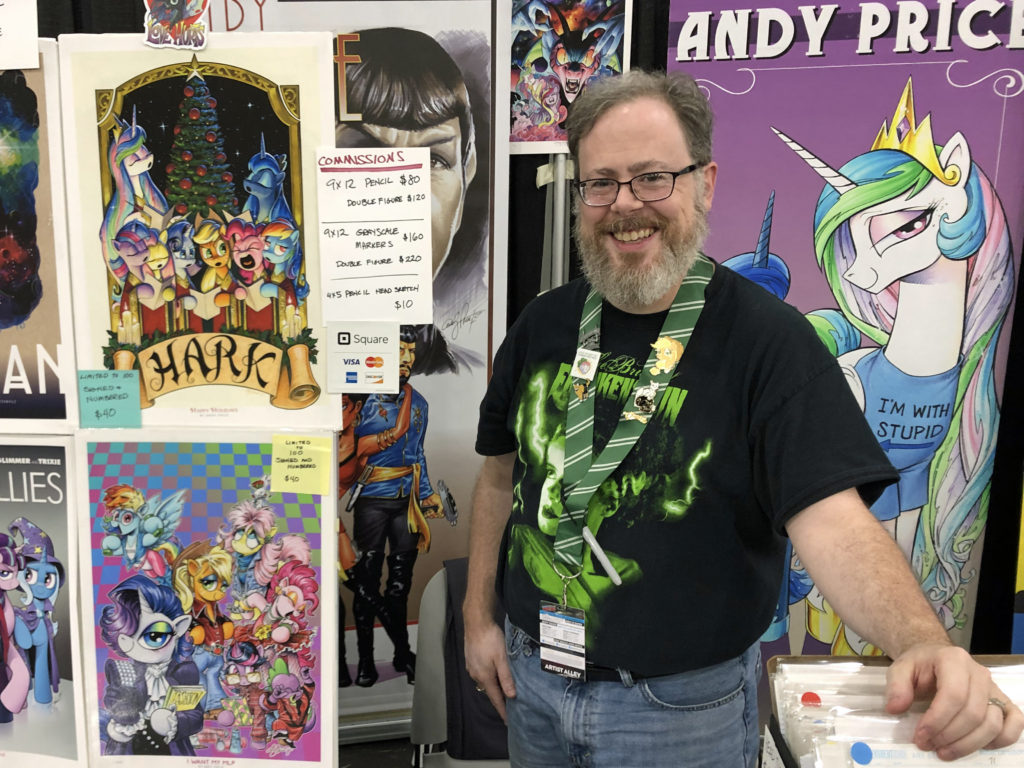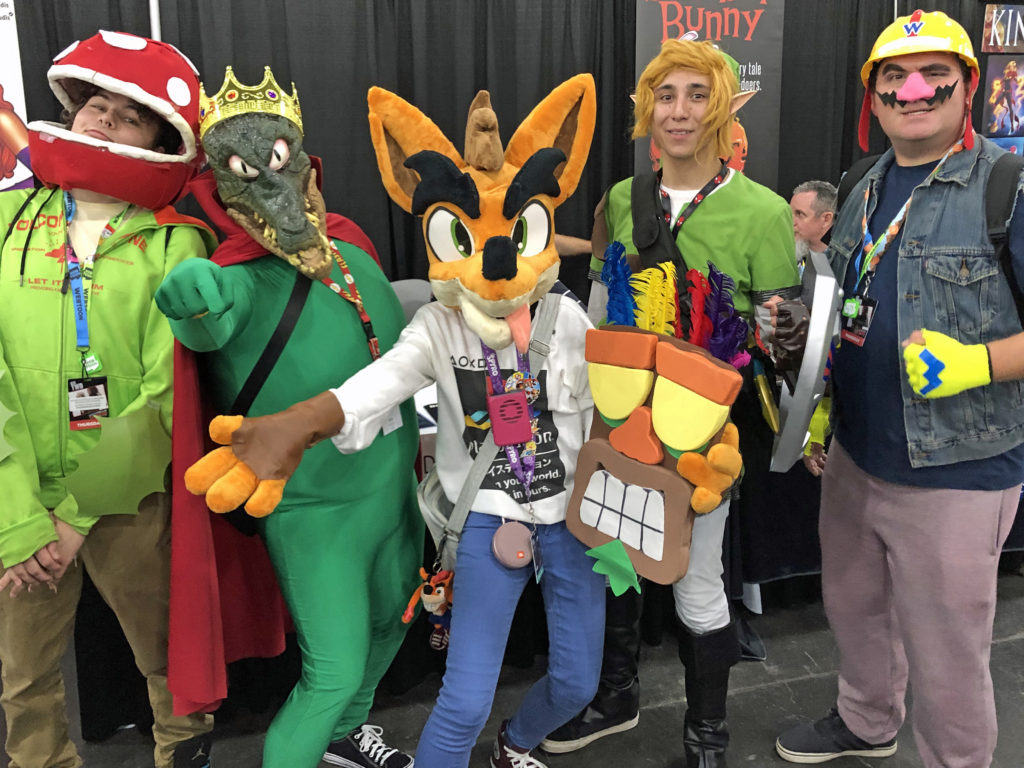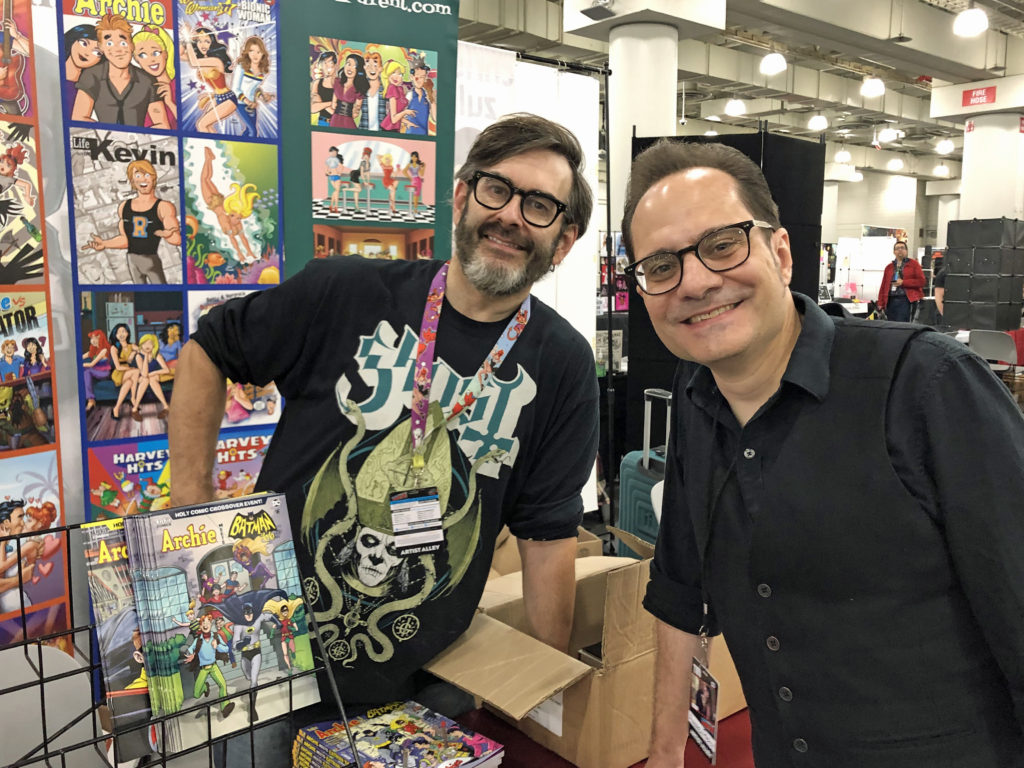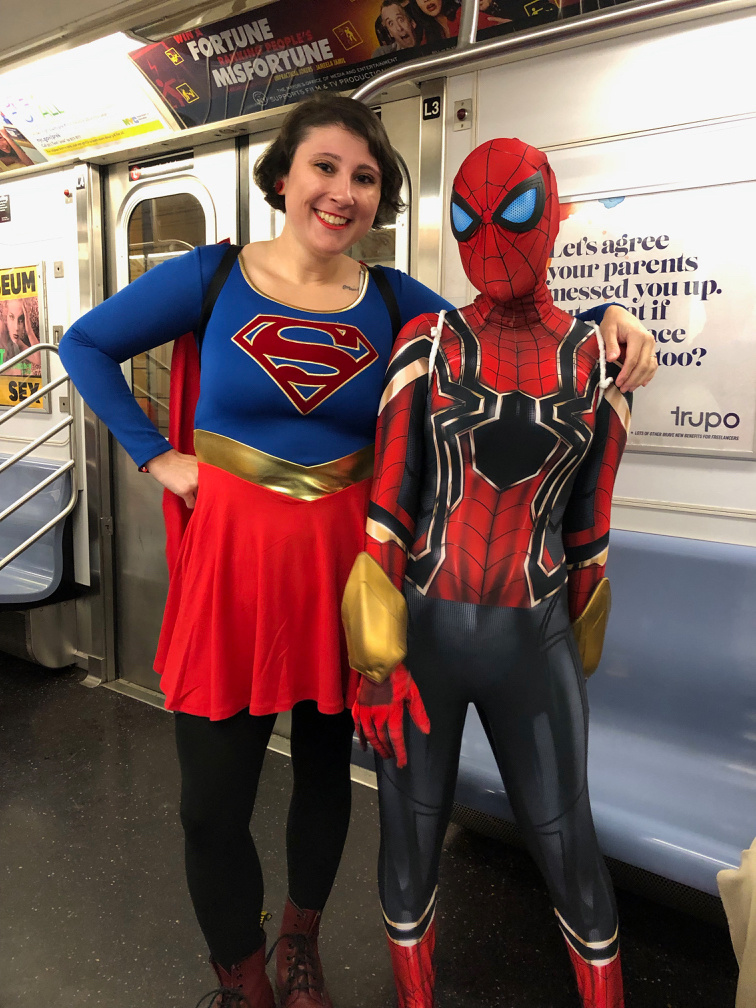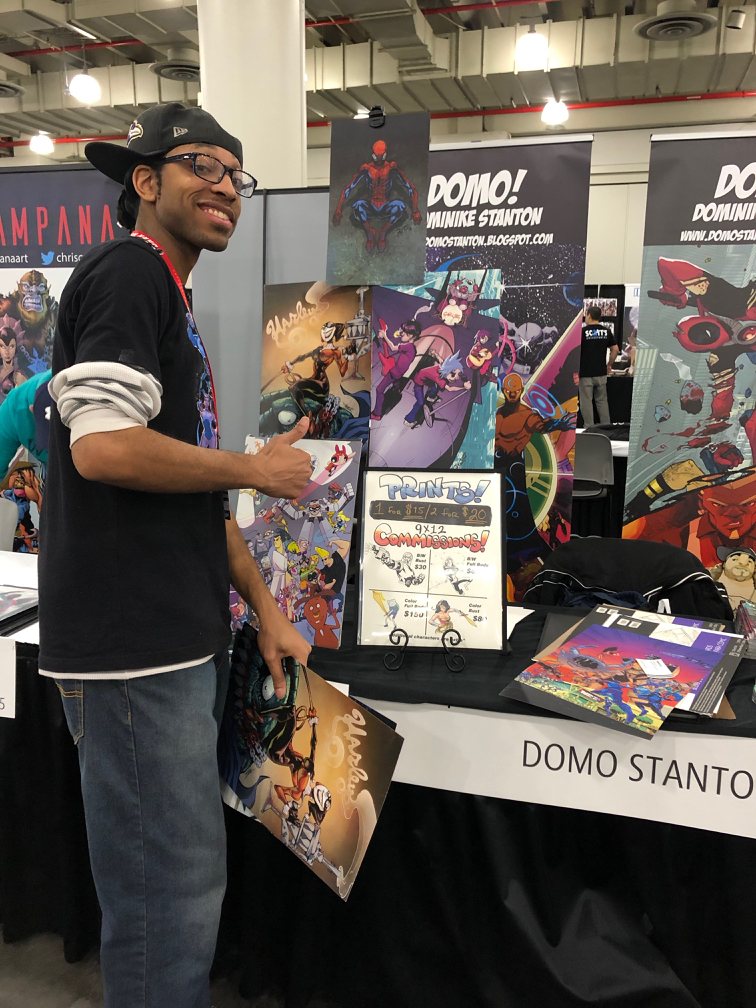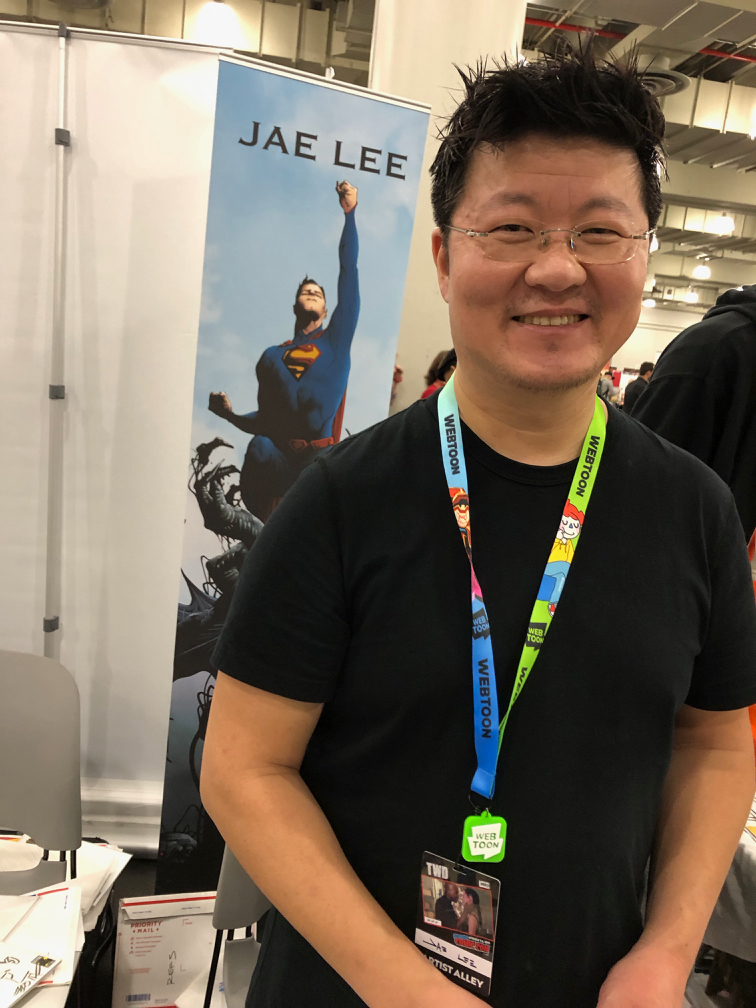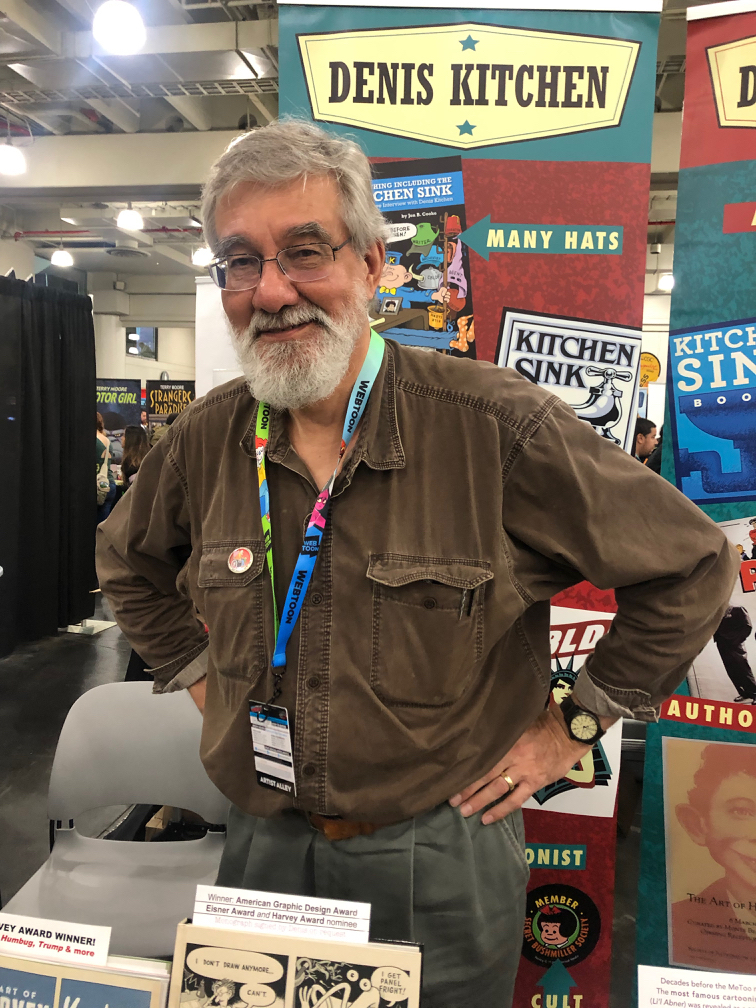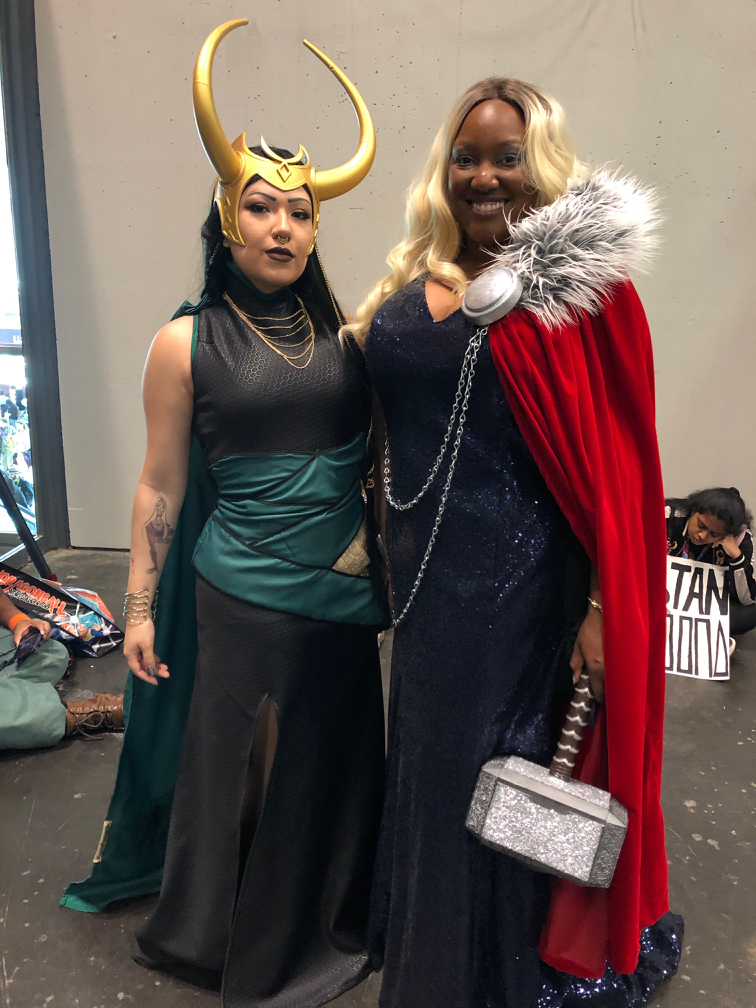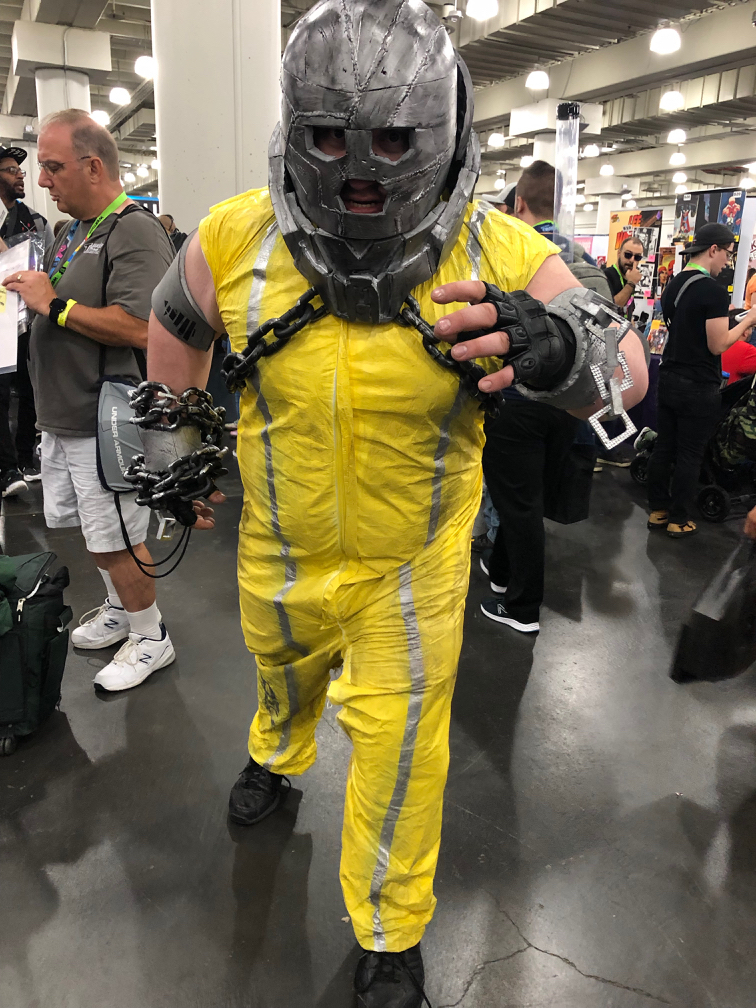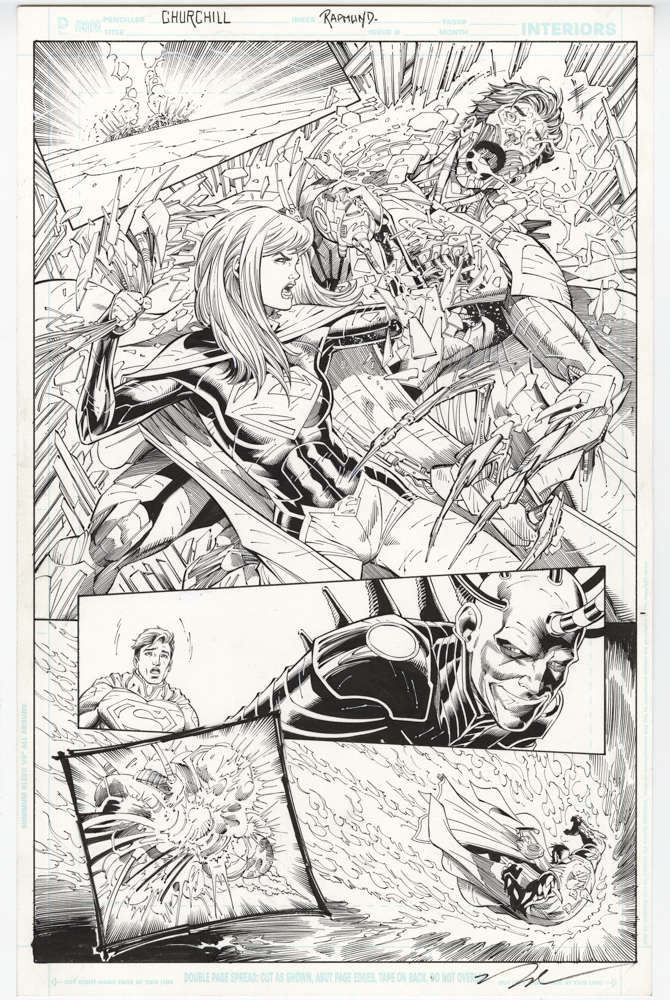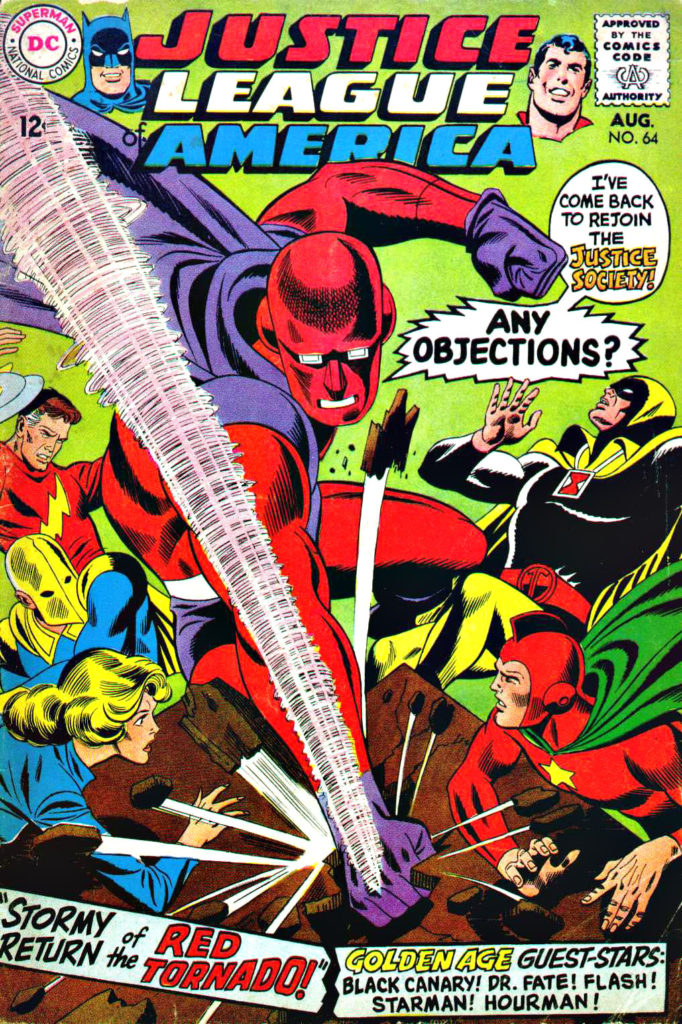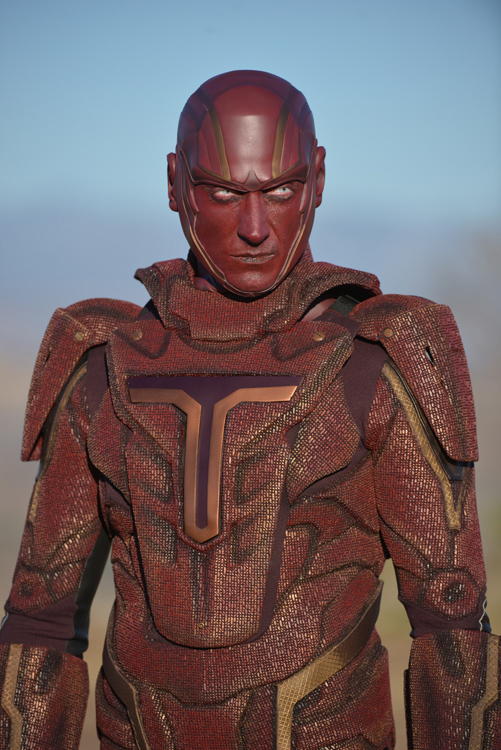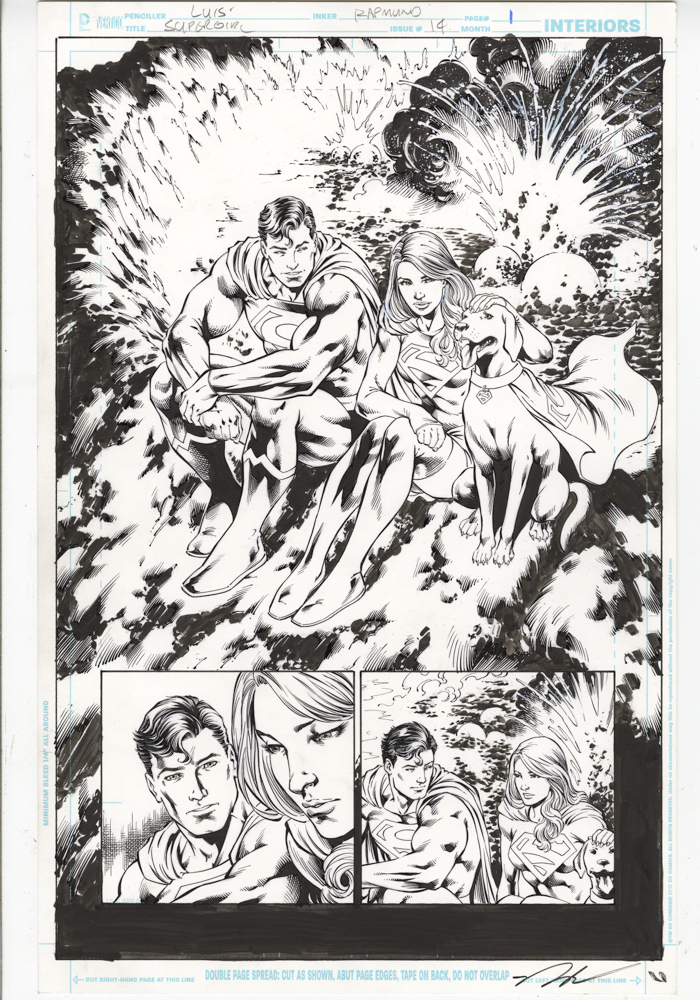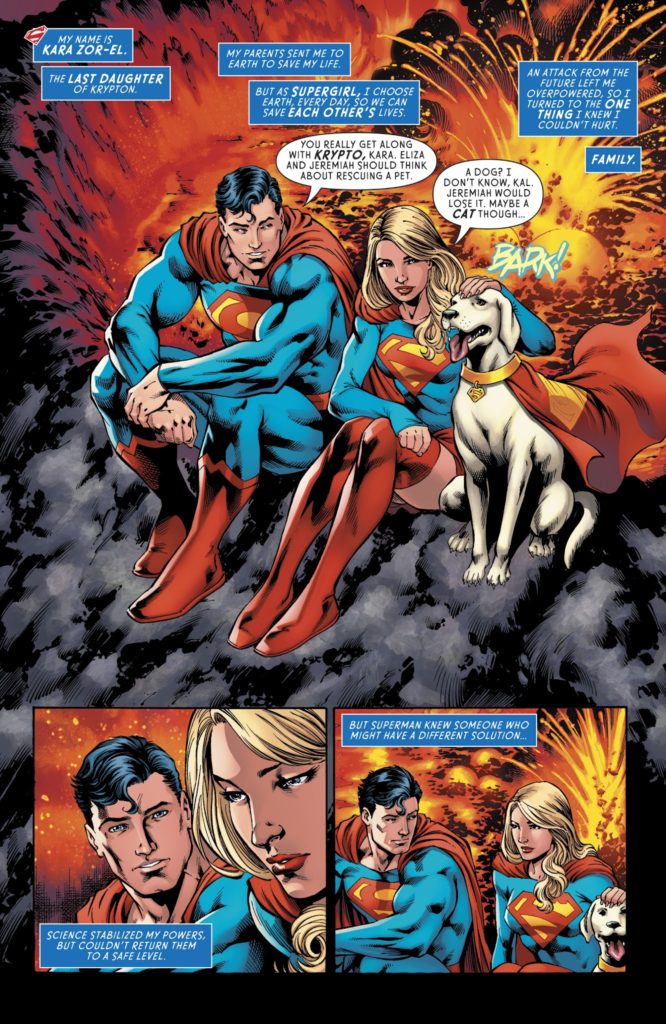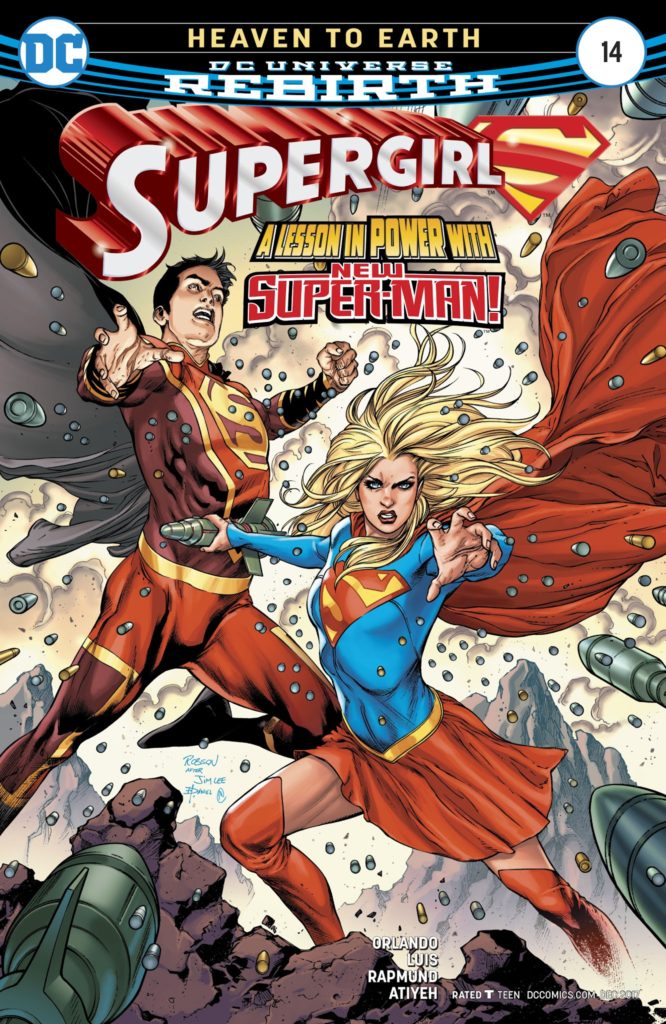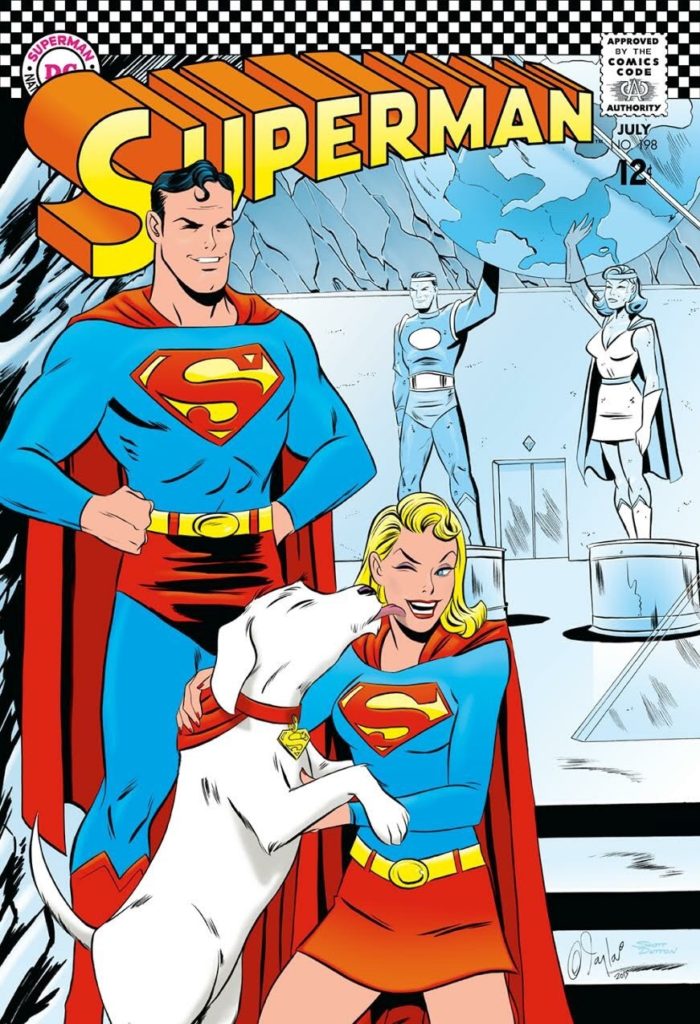Mike Mayhew — Inside Job
Green Arrow #7, February 2011
Green Arrow is back on the air (CW) for its eighth and final season, so before the emerald archer fades into the TV sunset, we’re focusing a few posts on Green Arrow originals.
Here’s a great panel page example by the phenomenal Mike Mayhew.
Mike’s earliest regular work was at Topps, excelling at dynamic storytelling on Zorro (yes, Zorro) in the traditional pen and ink medium. After the comic book implosion of the mid- 90’s left many talented artists out of a job, Mike tried his hand at painting for a book cover assignment. The result? Mike quickly transformed from talented story artist to a premier cover painter.
These days, Mike’ schedule only occasionally allows for fully illustrated interior stories. Here he demonstrates his tonal skills on Green Arrow — creating a lush, haunting page. (GA is dealing with the apparent ghost of his dead mother, hence the haunting.)
When Mike introduces me to a third party, he often says I was his “first boss.” Technically, that would have been Jim Salicrup, who edited Topps comics during its brief heyday, from 1992-97. But I was the Director of Publishing… so why quibble? Mike’s a great talent and a friend. I’ll take it.


